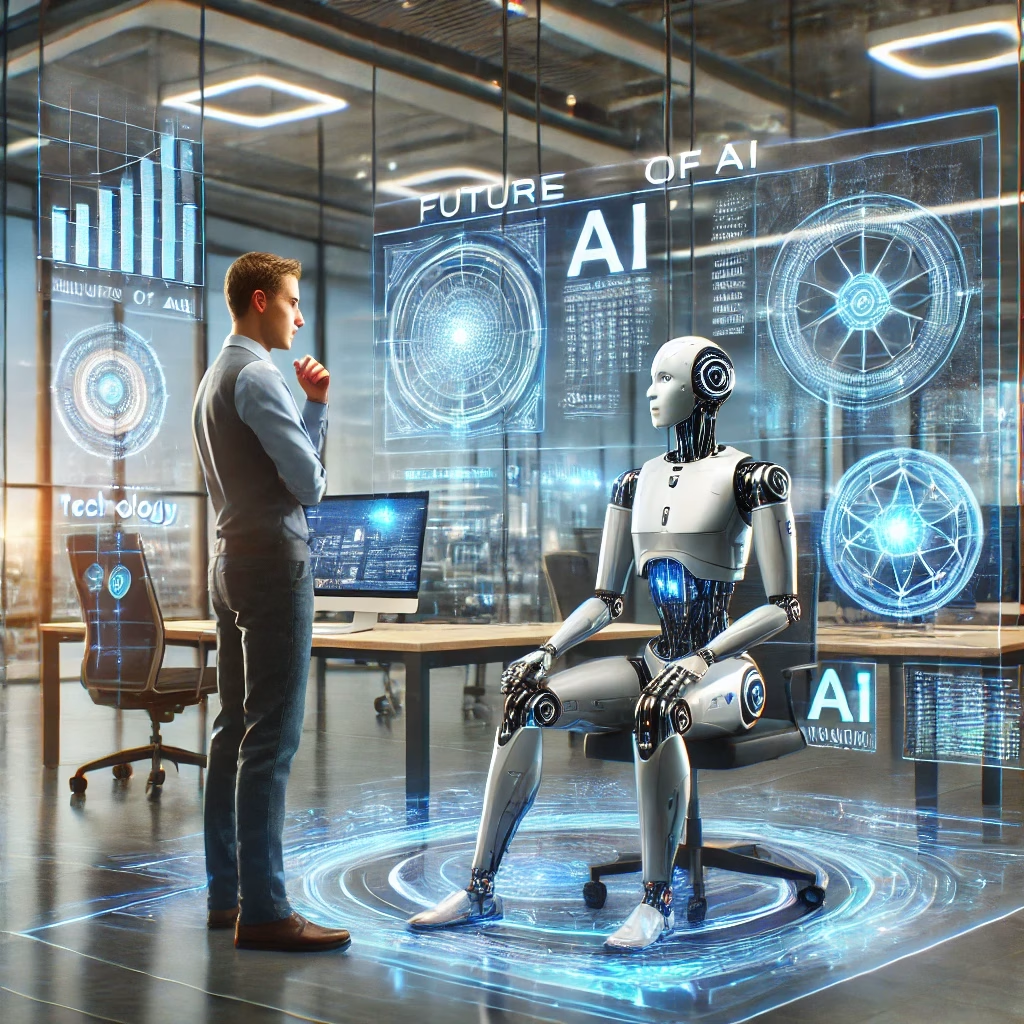
By 2030, AI is expected to become even more deeply integrated into our lives. According to PwC, AI could contribute up to $15.7 trillion to the global economy. This growth will be fueled by smarter algorithms, better hardware, and the increasing demand for data-driven decisions.
Artificial Intelligence (AI) has rapidly evolved over the past decade, transforming industries, daily life, and how we interact with technology. As we look ahead to 2030, the landscape of AI is poised to shift even more dramatically. From smarter automation to ethical challenges and emerging innovations, here’s what the future of AI holds—and how you can stay ahead of the curve.
1. Hyper-Personalization in Consumer Experience
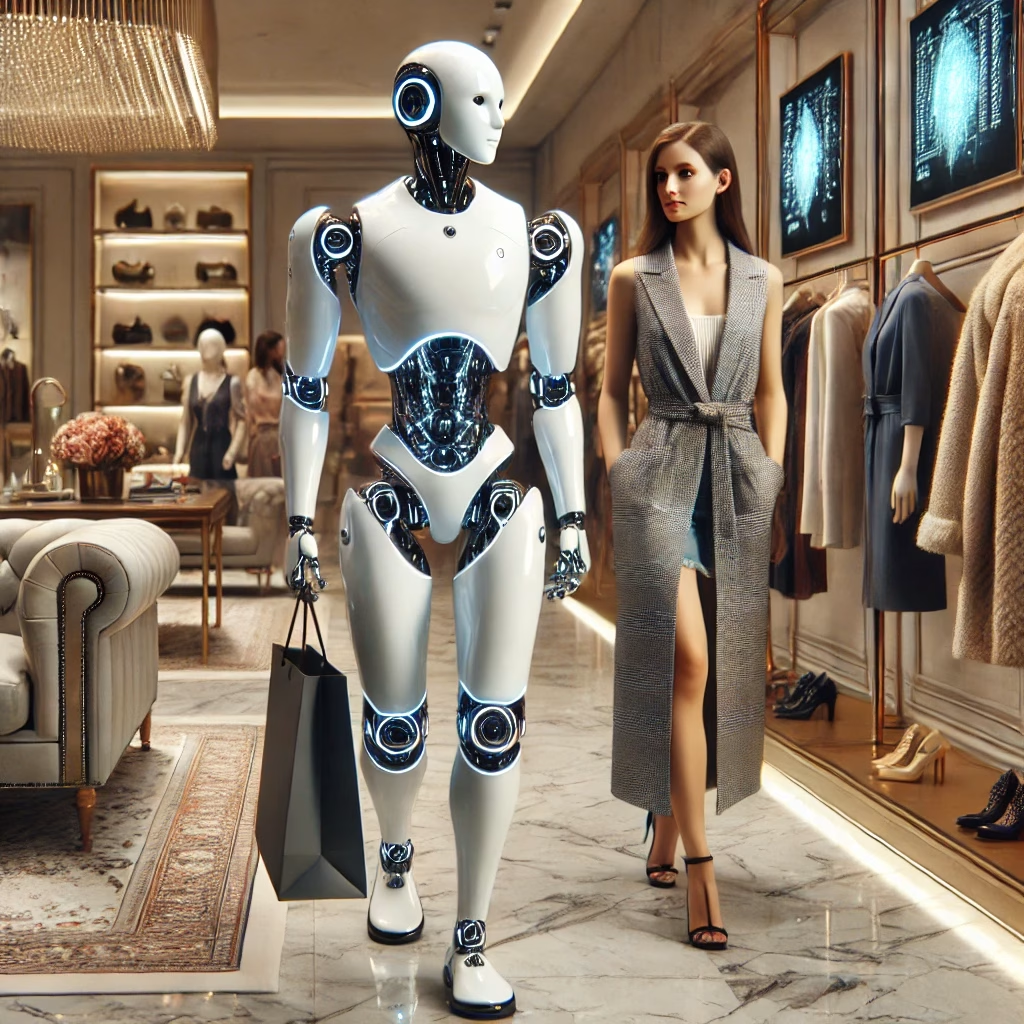
AI will power highly personalized digital experiences across all platforms. From curated shopping recommendations to AI-generated music and entertainment, the future will be tailored to individual preferences in real time.
Examples:
- AI-powered virtual stylists
- Personalized health monitoring tools
- Real-time customer service chatbots
Hashtags: #AIpersonalization #CustomerExperience #FutureTech
Hyper-personalization takes traditional personalization to the next level by using real-time data, machine learning, and predictive analytics to customize the user experience across touchpoints. By 2030, consumers can expect truly intelligent interfaces that anticipate needs, behaviors, and desires before they even arise.
Key Drivers:
- Integration of wearable devices and IoT to gather continuous data
- Advances in natural language processing (NLP) and sentiment analysis
- Deep learning models that adapt to user preferences dynamically
Industries Leading the Charge:
- Retail: Virtual shopping assistants and AI-driven fashion platforms like Stitch Fix will deliver product suggestions based on mood, weather, and occasion.
- Healthcare: Apps that adjust diet, workout routines, and medication reminders based on your biometric data.
- Streaming and Entertainment: Platforms like Netflix and Spotify already use AI to recommend content, and by 2030, these systems will evolve into AI curators that create entirely new experiences based on nuanced emotional and contextual data.
Benefits of Hyper-Personalization:
- Increased customer satisfaction and loyalty
- Higher engagement and conversion rates
- Reduced decision fatigue for consumers
Challenges to Consider:
- Privacy and data security concerns
- The need for transparency in data usage
- Ensuring personalization doesn’t cross into manipulation
Companies that prioritize ethical data practices and open communication with users will gain a competitive advantage in delivering value-driven personalized experiences.
Hashtags: #AIpersonalization #CustomerExperience #FutureTech #HyperPersonalization #SmartRetail
2. Ethical and Responsible AI
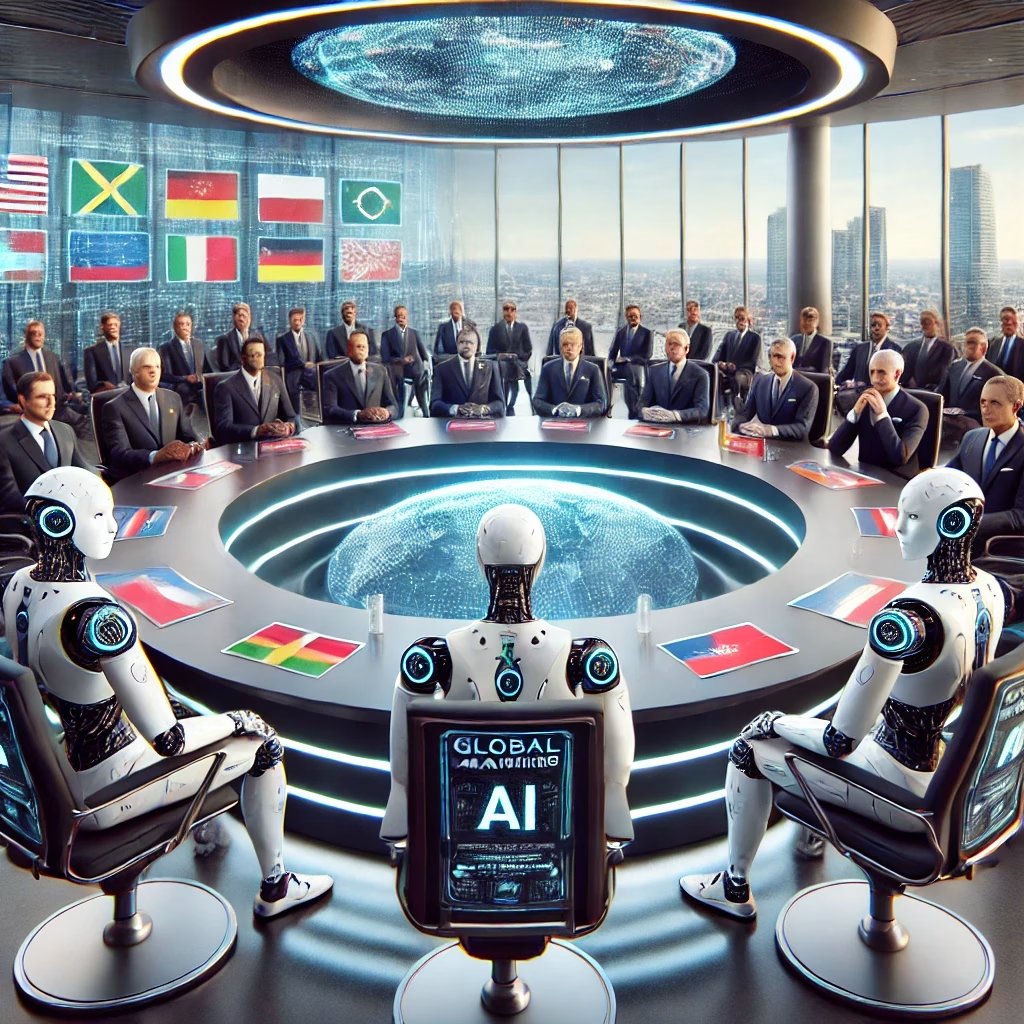
With great power comes great responsibility. Ethical considerations around AI will become more prominent by 2030. Questions about bias, fairness, accountability, and transparency will shape policies and development.
Key Areas of Concern:
- Algorithmic bias in hiring and law enforcement
- Data privacy and surveillance
- AI decision-making in healthcare and finance
Governments and tech companies are already investing in AI ethics research, like the Partnership on AI.
Hashtags: #ResponsibleAI #EthicalAI #AIregulation
Why It Matters:
Ethical AI is not just a regulatory checkbox—it is essential to building trust in intelligent systems. As AI begins to make more impactful decisions in everyday life, the risk of harm due to biased data or opaque algorithms grows significantly. By 2030, expect ethical AI to be an industry standard, reinforced by regulatory frameworks and AI audits.
Best Practices Moving Forward:
- Implementing AI ethics boards within organizations
- Conducting regular audits of algorithms for fairness and bias
- Training AI systems with diverse, inclusive data sets
- Providing transparent documentation and explainability features
Notable Initiatives:
- AI Now Institute: Focuses on the social implications of AI.
- IEEE Global Initiative on Ethics of Autonomous and Intelligent Systems: Promotes ethical principles for AI development.
- OECD Principles on Artificial Intelligence: Provides international guidelines for trustworthy AI.
Challenges Ahead:
- Ensuring global cooperation and harmonized regulations
- Balancing innovation with control and compliance
- Preventing unethical uses of AI, such as deepfakes and surveillance
Opportunities: Organizations that champion ethical AI can set themselves apart as leaders in trust and transparency. As consumer awareness of AI ethics grows, companies that proactively address these concerns will earn brand loyalty and long-term credibility.
Hashtags: #ResponsibleAI #EthicalAI #AIregulation #TrustworthyAI #FairAlgorithms
3. AI-Powered Healthcare
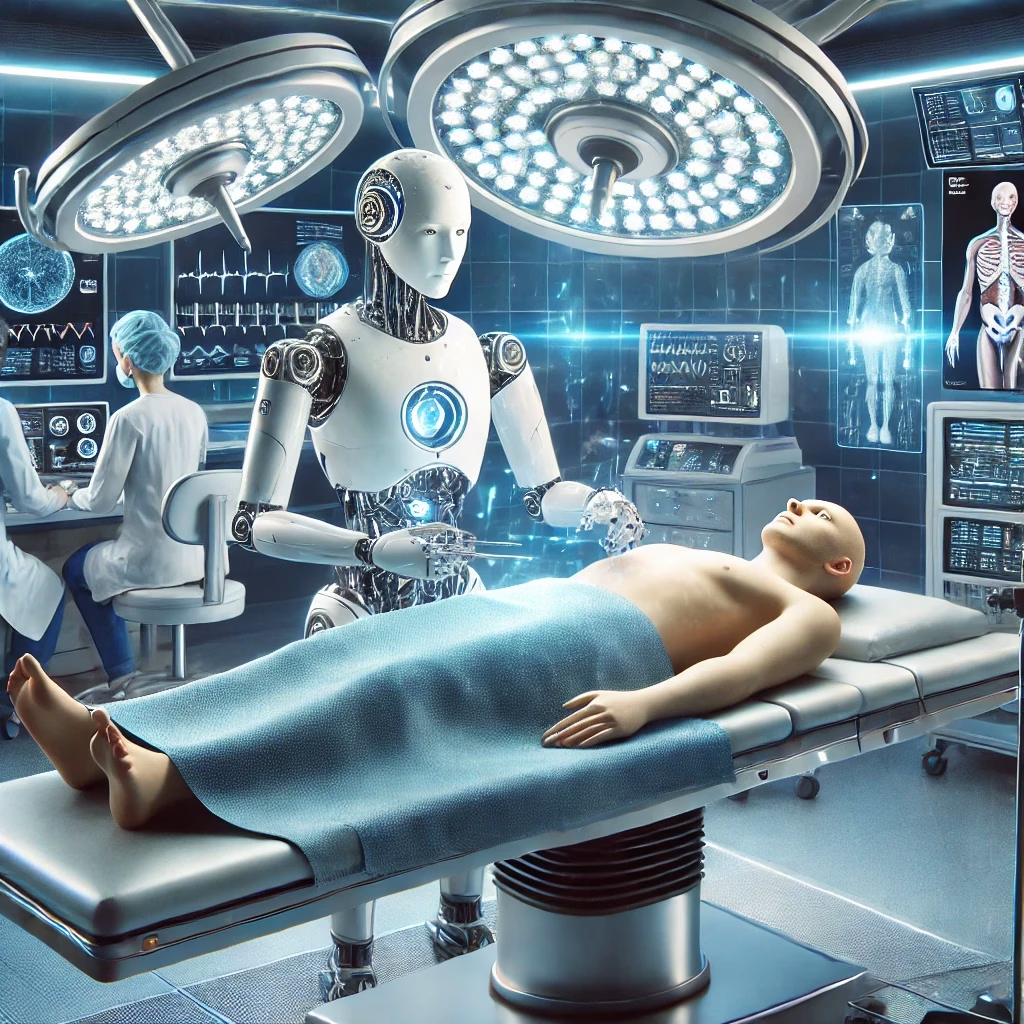
Healthcare is one of the most promising fields for AI. By 2030, AI could revolutionize diagnostics, patient care, and disease prevention. Predictive analytics, wearable AI devices, and robotic surgeries will become more commonplace.
Innovations to Expect:
- AI algorithms detecting diseases before symptoms appear
- Personalized treatment plans based on genomics
- AI-assisted mental health therapy
Hashtags: #AIinHealthcare #FutureOfMedicine #HealthTech
AI will be increasingly used to reduce medical errors, speed up diagnosis, and improve patient outcomes. Real-time monitoring through wearable sensors and smart devices will allow for continuous assessment of vital signs, alerting both patients and healthcare providers to potential health issues before they escalate.
Telemedicine & Virtual Care: AI will enhance virtual consultations, triaging patients using symptom checkers and chatbots before connecting them with the appropriate specialist. Virtual healthcare assistants will help patients manage chronic conditions and medication schedules, increasing treatment adherence and reducing hospital readmission rates.
Drug Discovery and Research: Pharmaceutical companies will use AI to analyze vast datasets, significantly reducing the time and cost involved in drug discovery. AI can simulate the effects of drug compounds on the human body and identify promising candidates faster than traditional methods.
Mental Health Revolution: AI-powered tools, such as sentiment analysis and speech pattern recognition, will assist in early detection of mental health issues like depression and anxiety. Virtual therapists, available 24/7, will provide cognitive behavioral therapy (CBT) and other therapeutic interventions.
Key Benefits:
- Faster and more accurate diagnostics
- Proactive rather than reactive care
- Increased accessibility to quality healthcare
Challenges to Address:
- Patient data privacy and HIPAA compliance
- AI bias in training data leading to misdiagnosis
- Integrating AI into existing healthcare workflows
Emerging Leaders:
- IBM Watson Health
- Tempus
- Butterfly Network
Hashtags: #AIinHealthcare #FutureOfMedicine #HealthTech #DigitalHealth #SmartMedicine
4. Autonomous Everything: Cars, Drones, and Robots
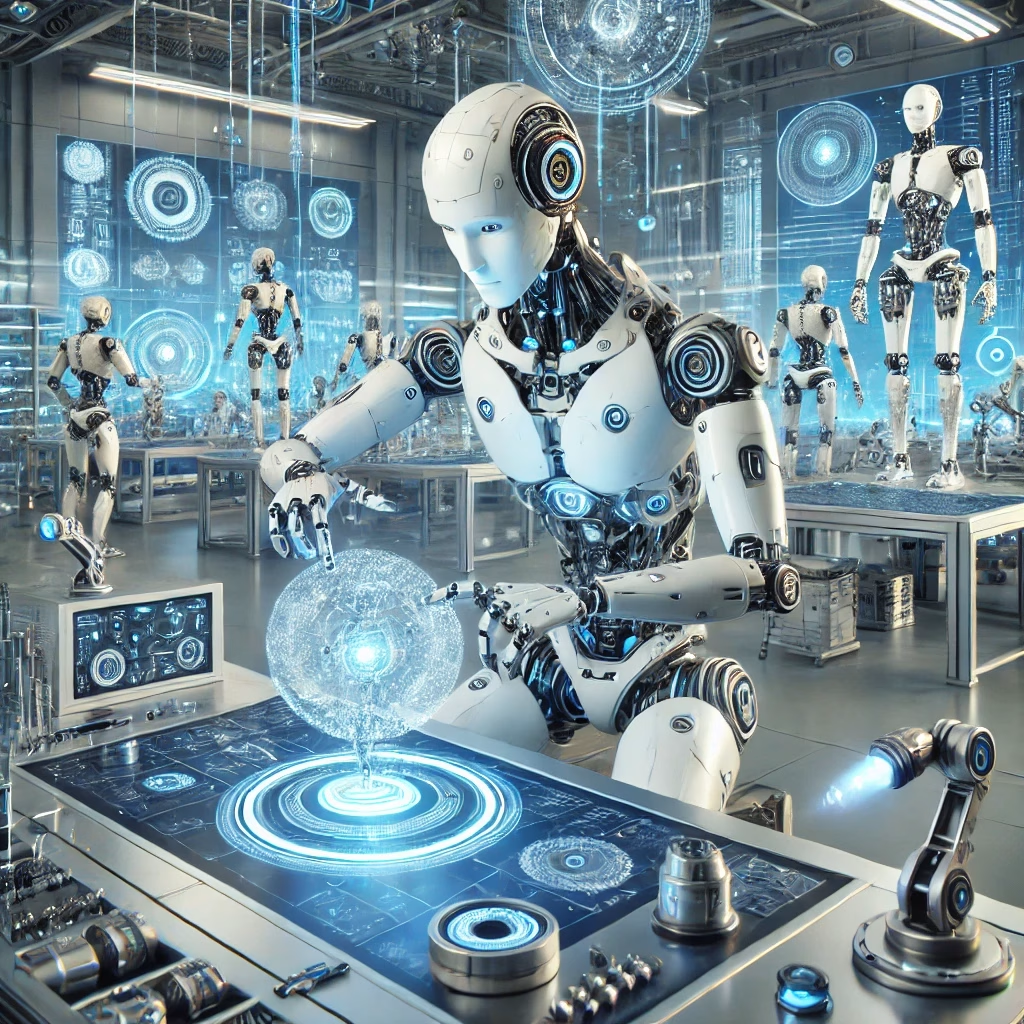
Self-driving cars and autonomous drones will be more prevalent by 2030. AI will control more physical systems in logistics, transportation, and urban infrastructure.
Expected Developments:
- Fully autonomous delivery drones
- Smart cities with AI-managed traffic
- Robot assistants in homes and hospitals
Companies like Waymo and Tesla are leading the way.
Hashtags: #AutonomousVehicles #SmartCities #AIrobots
The future of autonomy goes far beyond self-driving vehicles. By 2030, nearly every industry will leverage AI-driven autonomous systems to streamline operations, reduce human error, and enhance efficiency. AI-powered robotics will play a critical role not only in transportation, but also in manufacturing, agriculture, security, and even customer service.
Autonomous Vehicles: The transportation sector will be transformed as Level 5 autonomous vehicles become commercially viable. These cars will operate without human intervention in all conditions. AI will manage everything from route optimization to accident prevention using a combination of computer vision, LiDAR, GPS, and real-time traffic data. Public transit systems may shift to AI-operated electric shuttles that optimize routes based on passenger demand.
Drones and Aerial Automation: Drones will evolve from experimental delivery tools to essential logistics assets. AI-enabled drones will deliver packages, monitor crops, inspect infrastructure, and assist in emergency response. In agriculture, drones will autonomously plant seeds, spray pesticides, and track plant health using AI-enhanced imaging.
Robotics in Daily Life: From robotic vacuum cleaners to humanoid companions, AI-driven robots will become more capable and affordable. In eldercare, robots will assist with medication reminders, mobility, and monitoring vital signs. In retail, robots will stock shelves, manage inventory, and assist customers with product recommendations.
Industrial Automation: Factories of the future will be fully autonomous. AI will oversee quality control, predictive maintenance, and supply chain logistics. Autonomous forklifts, drones, and robotic arms will perform tasks that are currently labor-intensive and hazardous.
Challenges and Considerations:
- Regulatory hurdles and safety standards
- Public trust and user acceptance
- Ethical dilemmas in machine decision-making (e.g., the “trolley problem” in self-driving cars)
- Potential job displacement in certain sectors
Advancing Leaders and Technologies:
- Waymo: Pioneering autonomous driving technology
- Boston Dynamics: Developing advanced robotics for logistics and mobility
- Zipline: Specializing in autonomous drone delivery, especially in remote healthcare
- Nuro: Focused on small autonomous delivery vehicles
Hashtags: #AutonomousVehicles #SmartCities #AIrobots #DroneTech #FutureOfMobility
5. AI in Education
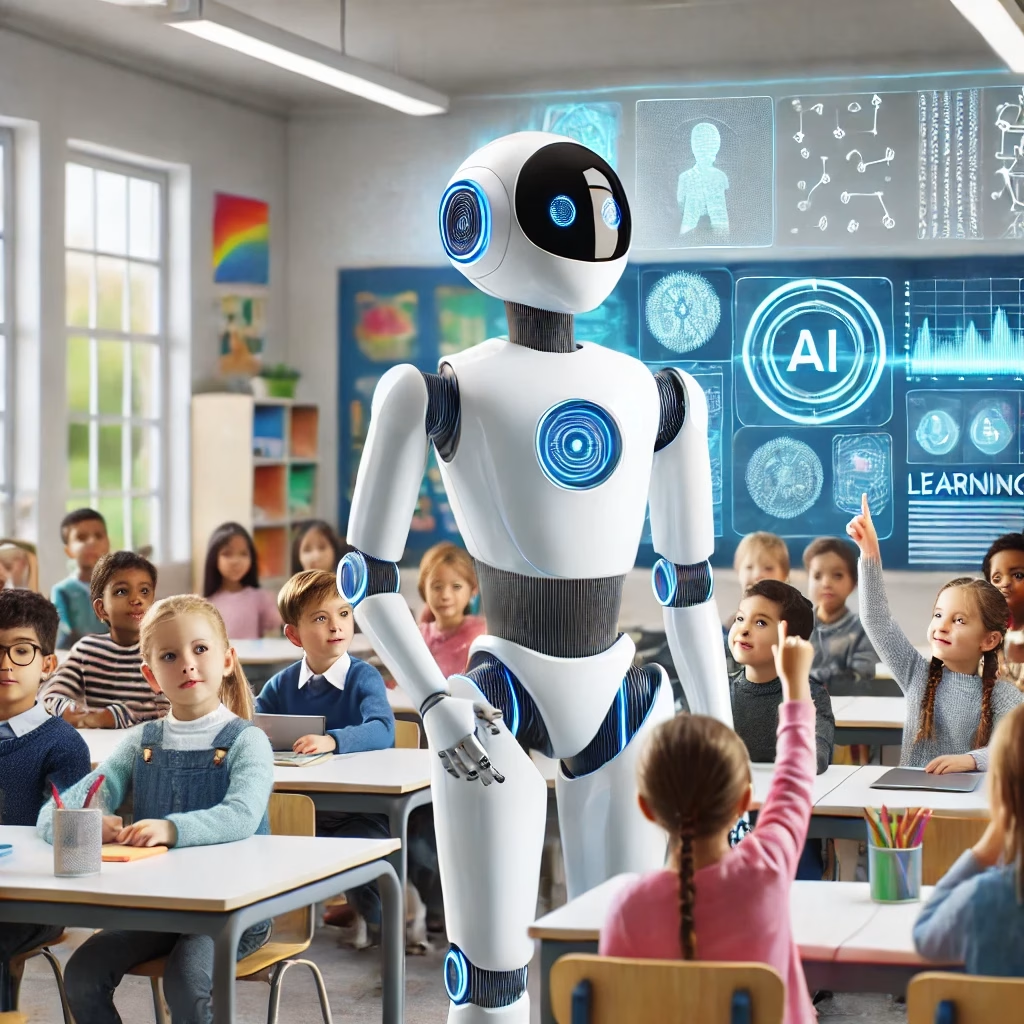
Education will undergo a revolutionary transformation by 2030, with AI playing a central role in redefining how, when, and what we learn. From personalized tutoring to automated grading, AI will help create more efficient, inclusive, and customized learning environments.
What to Look For:
- AI teachers for underserved regions
- Real-time progress tracking for students
- Language learning AI tools
Tools like Khan Academy and Duolingo are already using AI to enhance learning.
Hashtags: #AIinEducation #EdTech #FutureOfLearning
Key Transformations:
- Intelligent tutoring systems offering 1:1 personalized instruction
- AI-driven adaptive learning platforms that adjust based on student performance
- Predictive analytics to identify at-risk students and improve retention
Personalized Learning Journeys: AI will enable truly individualized education paths by analyzing learning styles, pace, strengths, and weaknesses. Students will receive customized lesson plans, exercises, and feedback tailored to their specific needs. This approach fosters self-paced learning and boosts academic success.
Enhanced Accessibility: AI tools will bridge educational gaps by offering translations, speech-to-text, and real-time captioning. These technologies will empower students with disabilities, non-native language speakers, and learners in remote regions to access quality education.
Automating Educator Workloads: Teachers will benefit from AI tools that automate administrative tasks such as grading, scheduling, and attendance tracking. This will free up more time for one-on-one interaction, mentoring, and creative lesson planning.
EdTech Ecosystem Expansion: The rise of AI in education will also fuel the growth of a robust EdTech ecosystem. New platforms will emerge that offer gamified learning, immersive experiences using VR/AR, and AI-powered assessments that go beyond standardized testing.
Challenges and Considerations:
- Ensuring equal access to AI-powered tools in underfunded schools
- Balancing screen time and digital dependency
- Addressing data privacy and ethical use of student information
Leaders in AI-Driven Education:
- Khan Academy: Offers AI-enhanced learning tools and SAT prep.
- Duolingo: Uses AI to customize language learning.
- Squirrel AI: China-based platform offering adaptive learning at scale.
Hashtags: #AIinEducation #FutureOfLearning #EdTech #SmartEducation #PersonalizedLearning
6. Workforce Evolution and AI Collaboration
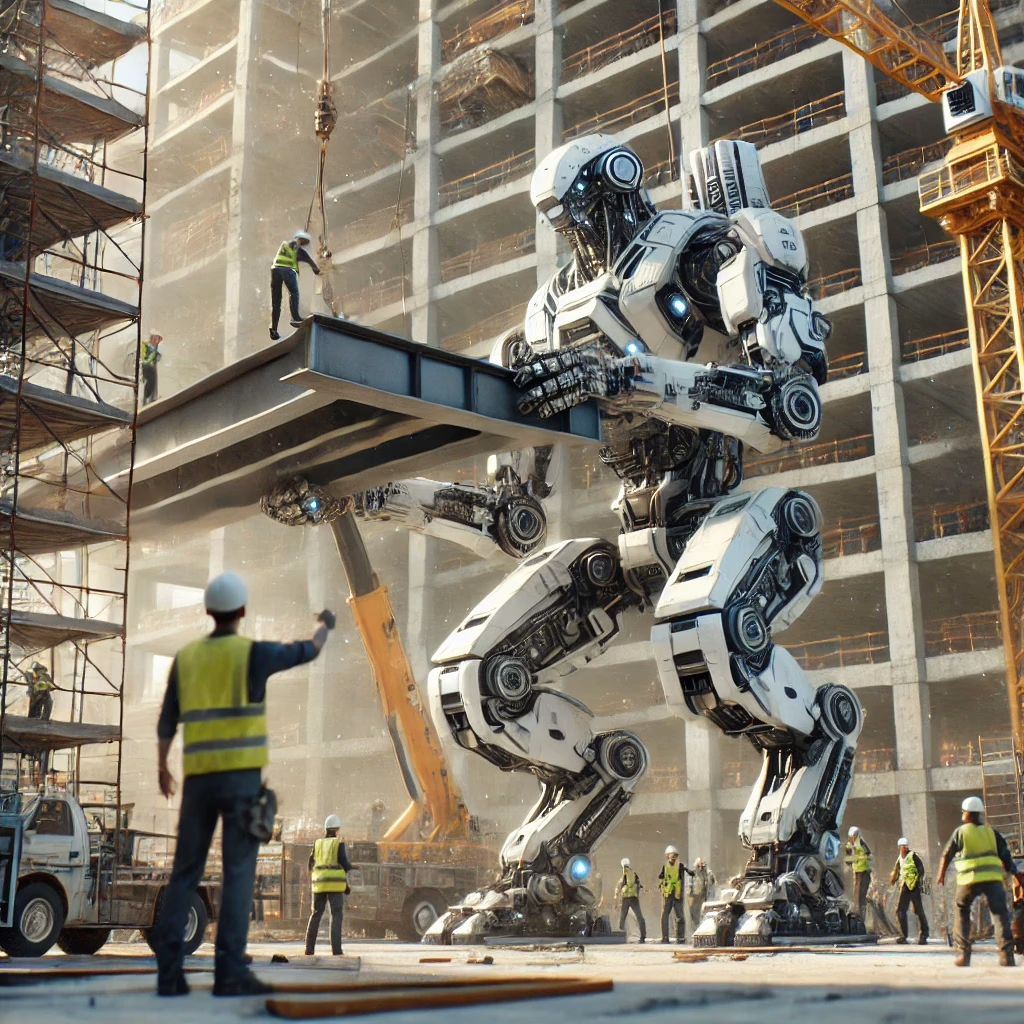
Rather than replacing humans, AI will augment human capabilities. The workplace will evolve with AI co-workers, task automation, and skills re-training becoming the norm.
Trends to Watch:
- AI-human collaboration in creative work
- Upskilling for AI-based tools
- Demand for AI ethics and data science roles
Explore resources like Coursera and edX for AI learning opportunities.
Hashtags: #FutureOfWork #AIJobs #ReskillForAI
By 2030, the integration of AI in the workforce will lead to a collaborative model where human intelligence and artificial intelligence work side by side. Instead of eliminating jobs, AI will shift job functions, automating repetitive tasks and freeing up human workers for more strategic, creative, and interpersonal roles.
Human-AI Collaboration: Employees will increasingly rely on AI-powered tools for data analysis, customer insights, scheduling, decision support, and content generation. For example, marketers will use AI to generate campaign ideas based on consumer behavior, while finance professionals will use AI to detect anomalies and optimize budgets in real-time.
New Job Roles and Skill Sets: The demand for roles such as AI trainers, ethicists, prompt engineers, and algorithm auditors will rise. Soft skills such as critical thinking, emotional intelligence, and adaptability will become more valuable as AI handles technical or repetitive functions.
Upskilling and Continuous Learning: Companies will need to invest heavily in reskilling programs to ensure employees are equipped to work with AI. Platforms like Coursera, edX, and LinkedIn Learning will play a vital role in offering accessible training on AI tools, programming, and ethical considerations.
Remote Work and AI Assistants: AI will continue to support remote work environments, automating administrative tasks, scheduling, and providing real-time collaboration support. Virtual AI assistants will become more intuitive, understanding user preferences and workflows to offer seamless productivity enhancements.
Challenges Ahead:
- Bridging the digital skills gap
- Preventing AI bias from influencing performance assessments
- Creating inclusive opportunities in the age of automation
Forward-Looking Companies:
- IBM: Promoting AI-skills development and responsible AI practices
- Microsoft: Leading in workplace AI integrations like Copilot and Azure AI
- Salesforce: Integrating AI into CRM platforms with a focus on human-centered design
Hashtags: #FutureOfWork #AIJobs #ReskillForAI #WorkforceTransformation #HumanAICollaboration
7. Creative and Generative AI
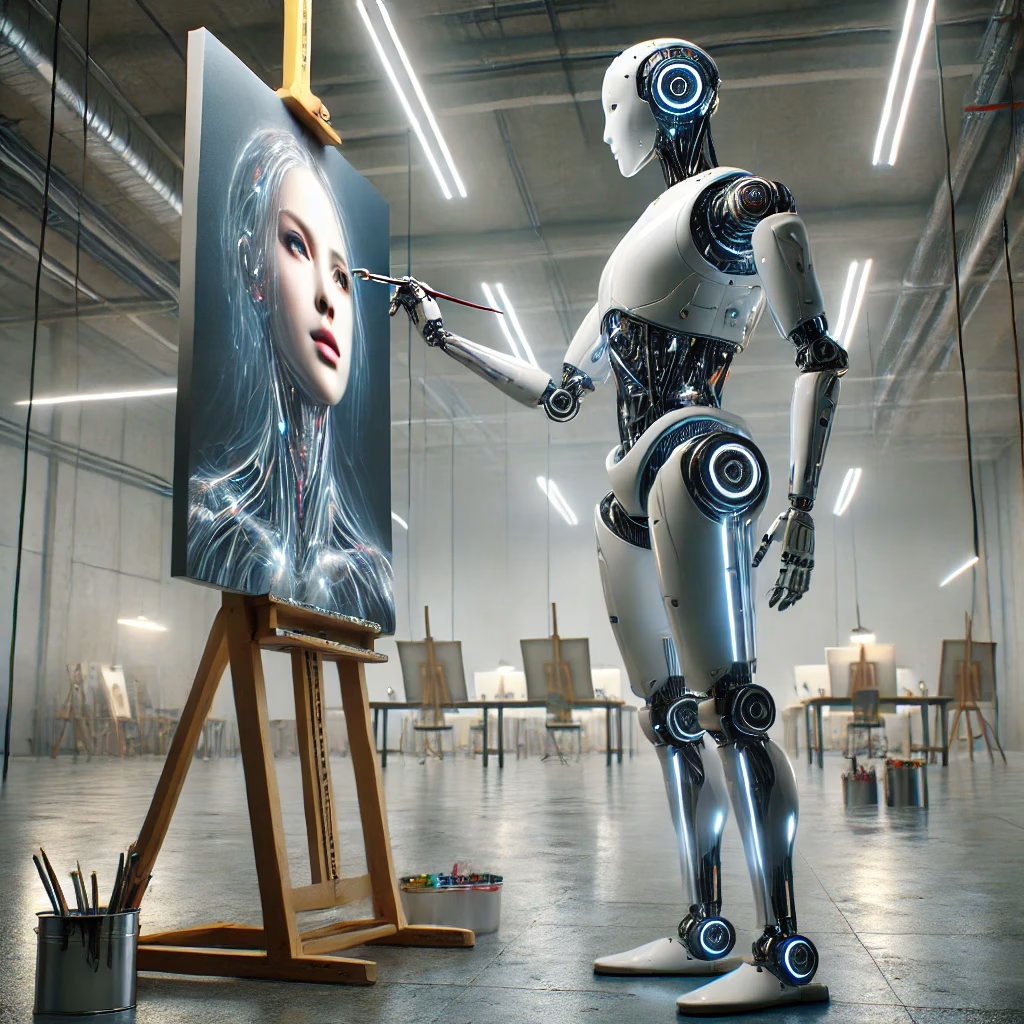
By 2030, creative industries will be transformed by the rise of generative AI. These advanced systems can produce original content—images, music, text, code, and more—often indistinguishable from human-created work.
Current Examples:
- AI-generated art using tools like DALL·E
- Music composed by AI
- AI-assisted screenplay writing
Hashtags: #GenerativeAI #AIart #CreativeTech
What Generative AI Can Do:
- Write full-length novels, articles, and marketing copy
- Compose music tailored to mood or genre
- Generate photorealistic images and videos
- Design products, logos, and virtual environments
- Assist with scriptwriting, animation, and voice synthesis
Transforming Creative Professions: Rather than replacing creatives, generative AI will become a powerful tool in their toolkit. Writers can use AI to overcome writer’s block, designers can iterate concepts faster, and musicians can collaborate with AI to explore new sonic frontiers.
AI as Co-Creator: Generative AI like ChatGPT, DALL·E, Midjourney, and Runway act as collaborative partners, generating ideas and outputs based on human prompts and feedback. This opens up new possibilities for experimentation and cross-medium creativity.
Expanding Access to Creativity: Generative AI lowers the barrier to entry for creative expression. Non-experts can use these tools to generate high-quality content without formal training, empowering more people to participate in storytelling, design, and content creation.
Use Cases Across Industries:
- Marketing: AI-generated copy, visuals, and video ads
- Gaming: Procedural world building and NPC dialogue generation
- Fashion: AI-assisted clothing design and virtual try-ons
- Film and TV: Deepfake actors, AI-edited trailers, and visual effects
- Publishing: AI-authored books, poetry, and personalized children’s stories
- Interior Design: AI-generated room layouts and décor concepts based on user tastes
Generative AI in the Enterprise: Corporations are integrating generative AI into their creative pipelines for faster prototyping, content scalability, and innovation. Marketing departments use AI to produce dynamic ad creatives tailored to specific audience segments, while product design teams rely on generative tools for rapid iteration and visualization.
Challenges to Navigate:
- Copyright and intellectual property concerns
- Misuse in generating fake news or deepfakes
- Ethical debates over authorship and originality
- Bias in training data that influences generated content
Regulatory and Ethical Frameworks: As generative AI becomes mainstream, new guidelines will be needed to ensure ethical usage. Policies around AI-generated content disclosure, deepfake detection, and compensation for original creators whose work is used to train models will be critical.
Leading Innovators in Generative AI:
- OpenAI: Developers of GPT and DALL·E
- Adobe Firefly: AI for creative design
- Google DeepMind: Exploring AI for art, writing, and coding
- Runway: Tools for video editing and visual storytelling
- Stability AI: Creators of Stable Diffusion for open-source image generation
Hashtags: #GenerativeAI #CreativeTech #AIart #AImusic #FutureOfCreativity #AIinDesign
8. AI for Climate and Sustainability
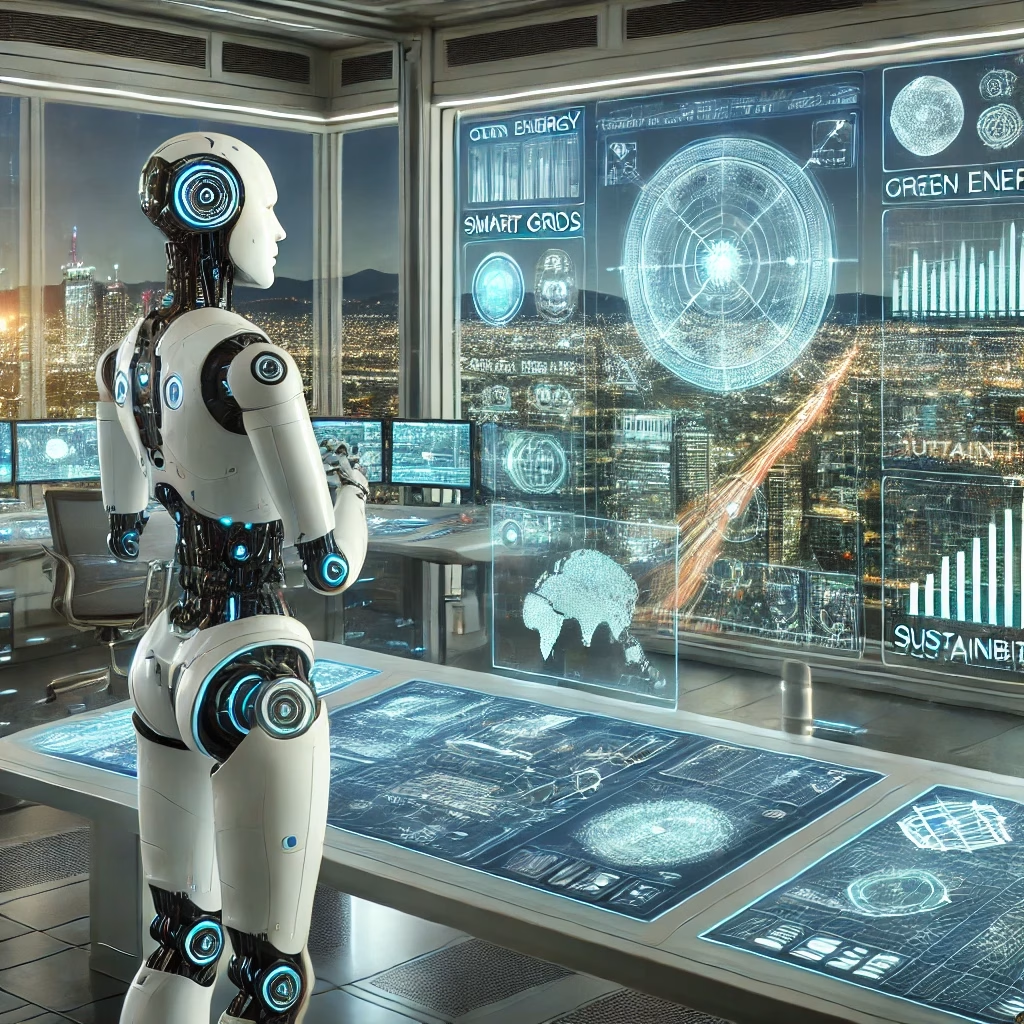
AI will be a powerful tool in combating climate change. It can help monitor ecosystems, optimize energy usage, and create sustainable solutions for global problems.
Sustainable Innovations:
- Smart agriculture
- AI in renewable energy forecasting
- Climate modeling and disaster response
Organizations like Climate Change AI are making strides in this space.
Artificial Intelligence will play a critical role in combating climate change and promoting sustainability by 2030. AI technologies can process massive datasets, identify patterns in environmental behavior, and propose solutions that are scalable, efficient, and responsive to global environmental challenges.
Key Applications of AI in Sustainability:
- Real-time environmental monitoring and early warning systems
- Predictive modeling for climate change and disaster risk
- Optimization of energy systems and smart grid management
- Sustainable agriculture and water resource management
Climate Modeling and Forecasting: AI enhances the accuracy of climate models by integrating data from satellites, weather stations, and ocean buoys. These models help scientists predict extreme weather events, sea level rise, and other long-term climate trends, improving preparedness and response strategies.
Smart Energy Management: AI enables utilities and energy providers to forecast energy demand, manage load distribution, and optimize the use of renewable resources like solar and wind. AI also powers home energy management systems that reduce energy waste and carbon emissions through automation.
Sustainable Agriculture: Precision farming uses AI to monitor soil health, crop growth, and pest activity in real-time. Drones and autonomous equipment guided by AI can reduce the use of fertilizers and water, leading to more sustainable farming practices and higher yields.
AI for Wildlife and Conservation: AI-powered image recognition tools help researchers track endangered species and detect illegal activities such as poaching or deforestation. Conservation groups use satellite imagery and machine learning to monitor biodiversity and ecosystem changes more efficiently.
Circular Economy and Waste Reduction: AI aids in designing products for sustainability and predicting material lifecycle outcomes. It can also sort recyclable materials using computer vision and robotics, reducing contamination and improving recycling rates.
Urban Sustainability and Smart Cities: Cities are increasingly adopting AI to reduce emissions, monitor air and water quality, and manage traffic congestion. AI is also used in green infrastructure planning, helping urban planners create more sustainable and resilient cities.
Ethical and Equitable Considerations: To maximize impact, AI for sustainability must be inclusive and equitable. Data access, transparency, and responsible deployment are essential to ensure that marginalized communities also benefit from climate tech solutions.
Pioneering Organizations and Initiatives:
- Climate Change AI: A global initiative to catalyze impactful AI work on climate change
- Microsoft AI for Earth: Supporting innovations in agriculture, biodiversity, climate, and water
- Google AI for the Environment: Using AI to tackle environmental issues like wildfire prediction and flood forecasting
- UNEP’s World Environment Situation Room: Using AI to visualize and analyze global environmental data
Challenges Ahead:
- Data availability and quality in developing regions
- Balancing energy consumption of AI systems with environmental benefits
- Policy and governance frameworks to guide AI sustainability initiatives
Hashtags: #AIforClimate #SustainableAI #GreenTech #ClimateChangeAI #SmartSustainability #AI4Earth
Hashtags: #AIforGood #SustainableTech #ClimateAI
9. Quantum Computing and AI
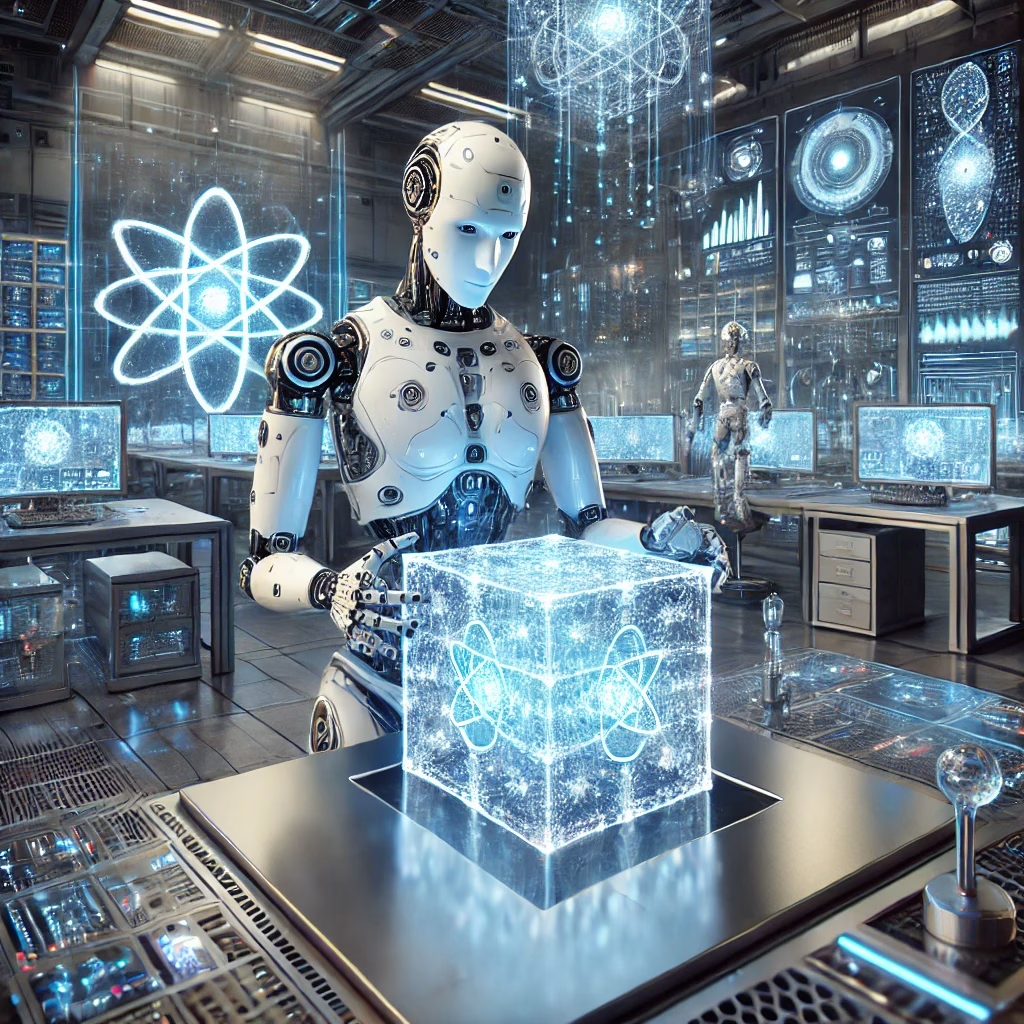
The convergence of AI and quantum computing will redefine problem-solving. Though still in early stages, quantum-powered AI could solve complex problems much faster than classical computers.
Potential Impact Areas:
- Drug discovery
- Cryptography and cybersecurity
- Financial modeling
Companies like IBM and Google are pioneering this tech.
Hashtags: #QuantumAI #AIinnovation #NextGenTech
The convergence of quantum computing and artificial intelligence has the potential to revolutionize how we solve the world’s most complex problems. By 2030, the integration of these two transformative technologies could significantly accelerate AI model training, decision-making, and data processing across a wide array of sectors.
What is Quantum AI? Quantum computing leverages quantum bits (qubits) instead of classical bits, enabling parallel processing and the ability to solve problems that are currently intractable for classical computers. When combined with AI, quantum computing can vastly enhance the speed and performance of machine learning algorithms.
Potential Applications:
- Drug Discovery: Simulating molecular structures for faster and more accurate development of new medicines.
- Optimization Problems: Revolutionizing logistics, financial portfolio management, and manufacturing workflows.
- Cybersecurity: Enhancing encryption and creating quantum-resistant cryptography.
- Climate Science: Processing and modeling massive datasets for more accurate climate predictions.
AI Benefits from Quantum:
- Faster training of neural networks and deep learning models
- More efficient natural language processing (NLP)
- Real-time analysis of large-scale unstructured data
Challenges of Quantum AI:
- Quantum hardware is still in early stages with stability and scalability limitations
- Developing hybrid quantum-classical algorithms for AI applications
- High costs and technical barriers for wide-scale adoption
Leading Innovators:
- IBM Quantum: Offering quantum computing services and cloud access
- Google Quantum AI: Achieved quantum supremacy milestone and developing next-gen quantum processors
- D-Wave Systems: Focused on quantum annealing for optimization tasks
- Rigetti Computing: Developing superconducting quantum processors for commercial use
Looking Ahead: By 2030, as quantum computing matures, we can expect to see hybrid quantum-AI systems tackling problems previously deemed unsolvable. Industries from healthcare to finance, supply chain, and materials science will benefit from the synergy of AI and quantum breakthroughs.
Hashtags: #QuantumAI #NextGenTech #AIinnovation #QuantumComputing #FutureOfAI
10. Regulation, Security, and Governance
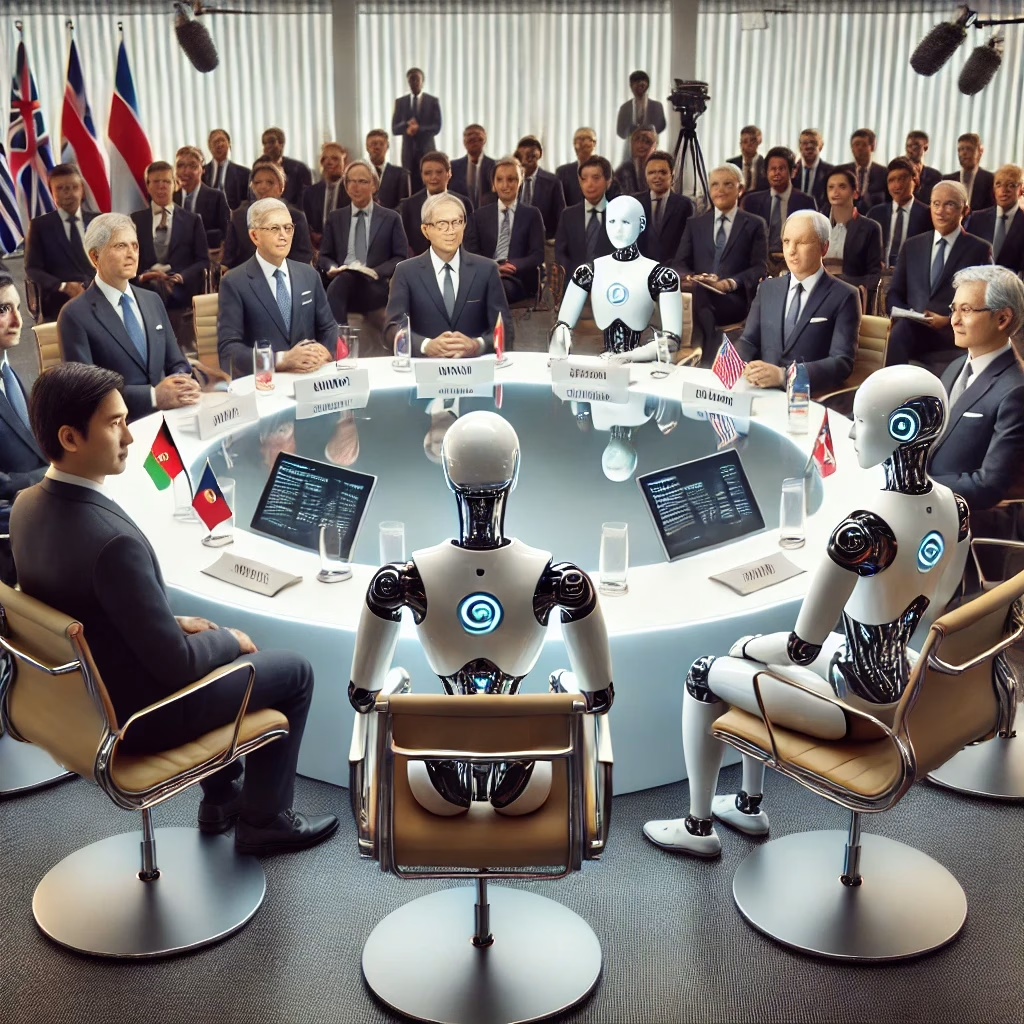
As AI becomes more powerful, it must be governed properly. Expect international frameworks and agreements to emerge for ethical use, data privacy, and safe AI deployment.
Areas of Focus:
- AI regulation bodies
- Cybersecurity for AI systems
- International cooperation on AI safety
Follow updates from OECD AI Policy Observatory for global insights.
Hashtags: #AIGovernance #AIpolicy #SecureAI
As AI becomes more powerful and widespread by 2030, establishing robust frameworks for regulation, security, and governance will be critical. Ensuring that AI technologies are safe, ethical, and aligned with human values is a global priority that spans industries, governments, and civil society.
Why AI Governance Matters: Without oversight, AI systems may reinforce societal biases, compromise user privacy, or be misused for malicious purposes. Clear, consistent governance structures are essential to mitigate these risks and guide the responsible development and deployment of AI.
Key Regulatory Focus Areas:
- Data Protection & Privacy: AI systems must comply with data protection regulations like the EU’s GDPR, and emerging standards such as the U.S. AI Bill of Rights.
- Algorithmic Transparency: Demands are growing for explainable AI (XAI) that provides insight into how algorithms make decisions.
- Bias and Fairness Auditing: Regular checks for discriminatory behavior in AI systems are vital for ethical use.
- Accountability and Liability: Clear rules around who is responsible when AI causes harm, particularly in areas like autonomous vehicles and healthcare.
Global Collaboration and Standards: International cooperation is crucial in developing harmonized AI governance frameworks. Organizations such as the OECD AI Policy Observatory, UNESCO, and IEEE are working to create global principles that emphasize human rights, sustainability, and fairness.
AI Security and Risk Management: Securing AI systems against cyber threats, adversarial attacks, and unintended behavior is another top concern. Governments and enterprises must adopt cybersecurity strategies that address AI-specific vulnerabilities.
Emerging Topics in AI Regulation:
- Deepfakes and Misinformation: Regulatory action is needed to prevent the spread of malicious synthetic content.
- Autonomous Weapons: Discussions around banning or strictly regulating AI-powered military applications are gaining traction.
- Generative AI and IP Rights: Clarifying intellectual property rights when AI creates content is a new legal frontier.
Leading Policy Initiatives and Tools:
- AI Act by the European Union: Comprehensive framework classifying AI risks
- U.S. National Institute of Standards and Technology (NIST) AI Risk Management Framework: Guiding safe AI innovation
- Global Partnership on AI (GPAI): Multi-stakeholder initiative to promote responsible AI development
Challenges Moving Forward:
- Aligning global laws and enforcement practices
- Avoiding overregulation that stifles innovation
- Building regulatory capacity in developing nations
Opportunities: Countries and companies that lead in ethical AI governance will set the standard for innovation with trust. Transparent, inclusive governance models will help build public confidence and unlock AI’s full potential for societal good.
Hashtags: #AIGovernance #AIpolicy #SecureAI #ResponsibleAI #AIregulation #TrustworthyAI
Final Thoughts: Preparing for an AI-Driven Future
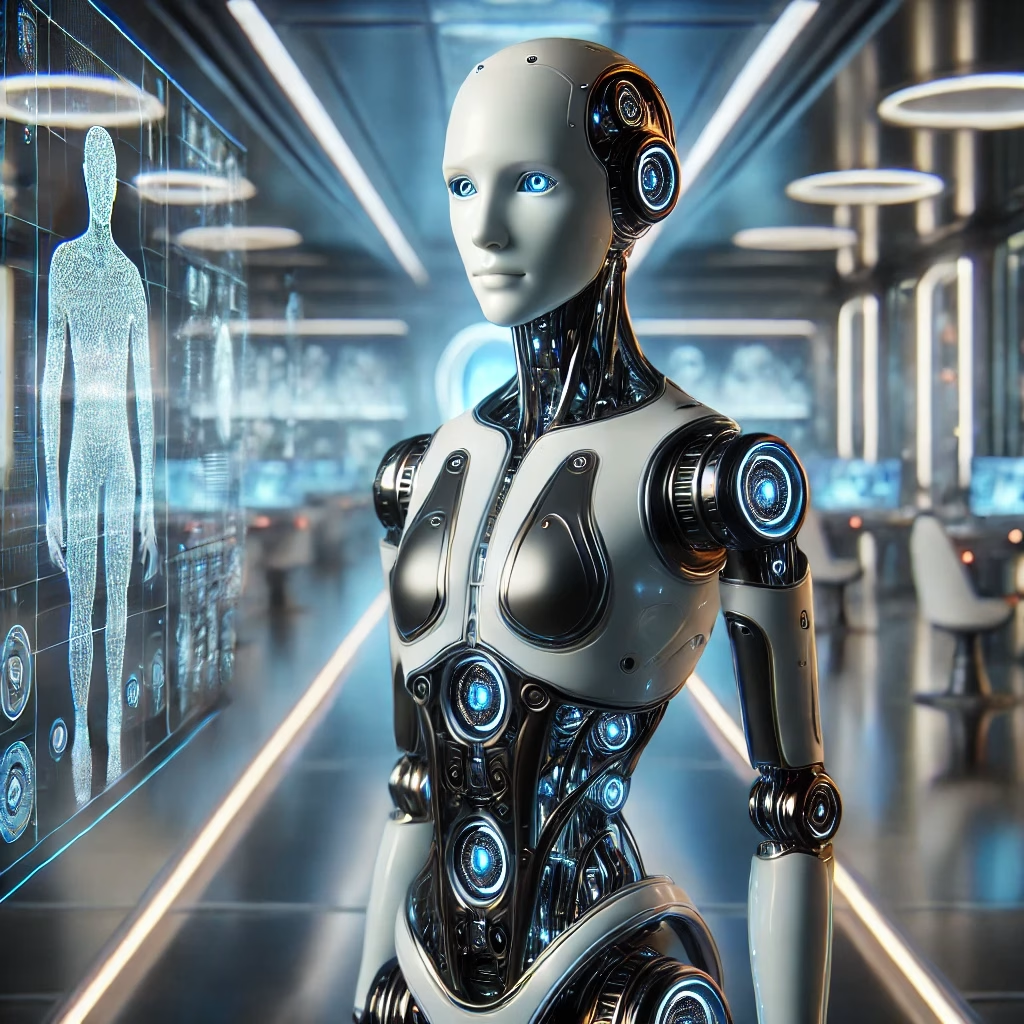
The future of AI is both exciting and uncertain. While the technology offers immense potential, it also comes with challenges we must navigate responsibly. Individuals, companies, and governments must work together to ensure AI serves humanity in a fair, ethical, and inclusive way.
How You Can Prepare:
- Stay updated with trusted sources like MIT Technology Review
- Learn about AI through online courses
- Advocate for ethical AI in your workplace or community
Let’s shape the future together.
#FutureOfAI #AI2030 #TechTrends #AIforHumanity













Once I initially commented I clicked the -Notify me when new feedback are added- checkbox and now each time a remark is added I get 4 emails with the same comment. Is there any manner you can take away me from that service? Thanks!